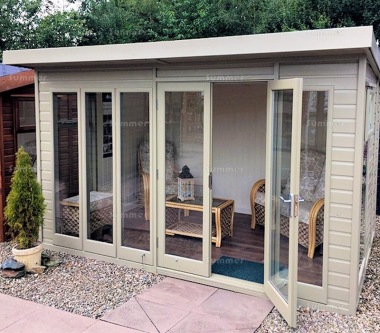All Categories
Featured
Table of Contents
Solace Creations: Home in Wilson Perth
That window can transfer more solar heat in winter season than in summertime. A west-facing window on a summer season's afternoon has an angle of incidence from near 0 approximately 30 with a big reliable area of solar radiation. A north-facing window, in summer season, has a high angle of incidence and a low efficient location of solar radiation, so can transfer less heat than a west-facing one.

But you can rapidly and quickly improve the thermal efficiency of your home by replacing your windows. This is one of the most effective techniques of remodelling to achieve improved thermal convenience. There are thousands of kinds of glass and frames to select from. Choosing the best ones is necessary to enhancing the energy performance of your home.
5 Benefits Of Double Glazing Windows in Westfield Perth
There are various kinds of glass items to pick from. Single glazing uses a single pane of glass. Single glazing with clear glass is not extremely efficient when it comes to heat loss or gain. To enhance efficiency, you can utilize single glazing with a more energy-efficient kind of glass such as low emissivity (low-e) glass.
Several layers can be assembled with sealed cavities in between each sheet of glass. IGUs generally offer better energy efficiency than single glazing, since they send less energy. However, the energy efficiency of IGUs likewise depends upon: the properties of each layer of glass. Different glass types (for instance, clear and low-e glass) can be created in an IGU.
Why Install Stunning Double Glazing Windows During Summer? in Kensington Western Australia

IGU cavities can be filled with air or a more inert, low-conductivity gas such as argon the width of the cavity. Broader cavities supply lower (better) U worths, with 12mm usually accepted as the preferred gap how well the cavity is sealed.
If argon is installed to the cavity in place of air, moisture is dependably omitted the level of desiccant (drying representative). The spacer (metal or polymer strip) that separates the glass layers contains a desiccant to absorb any wetness. Insufficient desiccant may cause moisture to condense on the glass surface in cold conditions, decreasing thermal performance.
Double Glazed Windows And Doors In Perth in Applecross WA
IGUs can deliver much better energy performance for all environments, especially in heated and air-conditioned houses. Cross-section information of single, double and triple-glazing systems Low emissivity glass (commonly referred to as low-e glass) reduces heat transfer. Low-e glass might be either high or low transmission: High transmission low-e glass has a coating that permits daylight from the sun to enter the house to accomplish great solar heat gain, but lowers the quantity of the long wavelength infrared heat that can leave back through the window.
Low-e glass has either a pyrolytic coating or a vacuum-deposited thin film metal covering. Pyrolytic finishings are long lasting and can be utilized for any glazing; vacuum-deposited finishes are soft and are just utilized within IGUs. Low-e coverings can considerably improve both U value and SHGC; nevertheless, they need to be utilized properly or they will either weaken or stop working to perform as needed.
Does Double Glazing Keep Heat Out in Wilson WA
Low-e finishings can be utilized in mix with clear, toned or reflective glass. Low-e finishings on glazing can reduce heat transfer where needed Photo: Department of Industry, Science, Energy and Resources Toned glass has actually colouring additives consisted of throughout manufacture. It is readily available in numerous colours, typically bronze, grey, blue and green.
Table of Contents
Latest Posts
Double Glazing Vs. Triple Glazing: Which Is Worth It? in Koondoola WA
Fitting A Cabin In Your Garden? Get Double Glazing Fitted Too in Churchlands Western Australia
Why Should You Have Double-glazed Windows This Summer? in Stirling Perth
More
Latest Posts
Double Glazing Vs. Triple Glazing: Which Is Worth It? in Koondoola WA
Fitting A Cabin In Your Garden? Get Double Glazing Fitted Too in Churchlands Western Australia
Why Should You Have Double-glazed Windows This Summer? in Stirling Perth